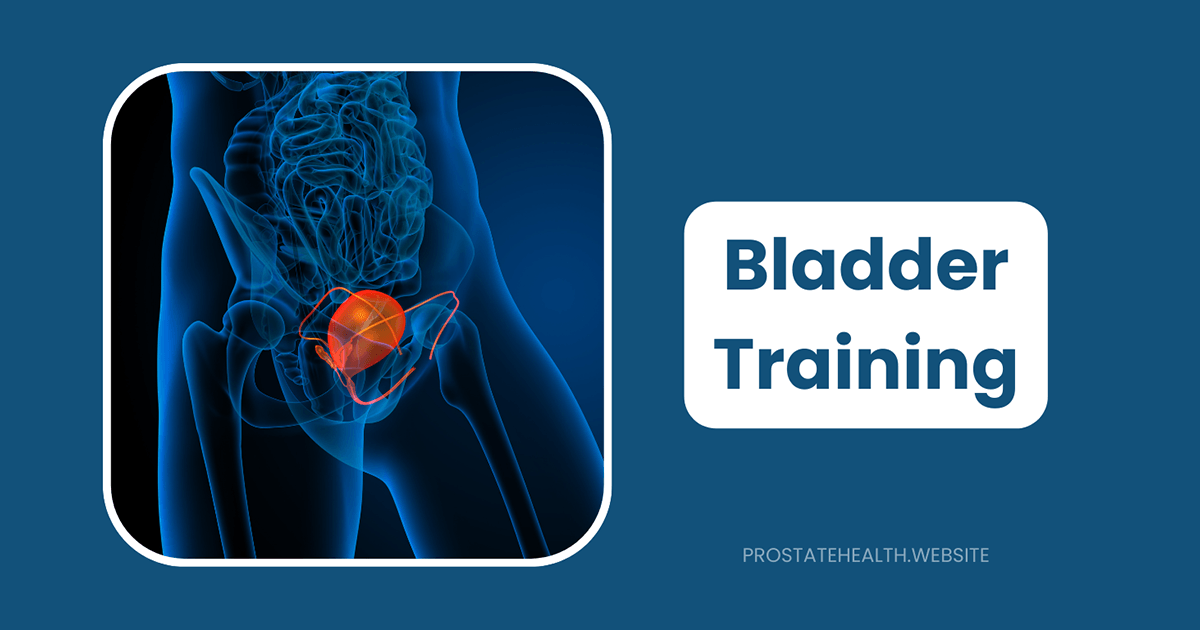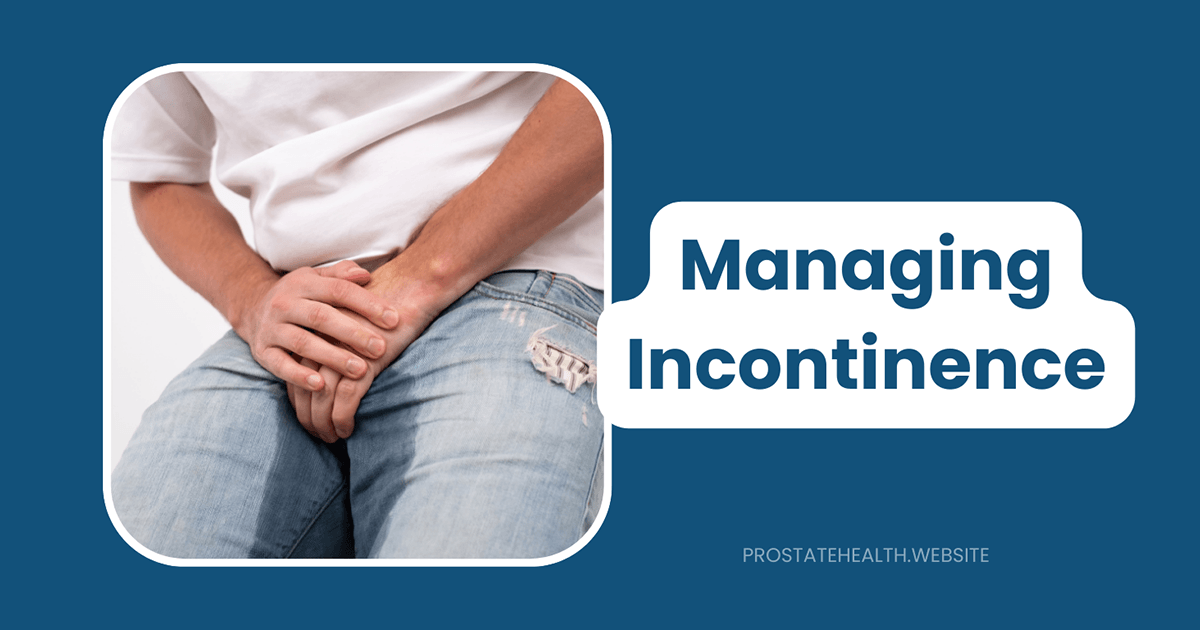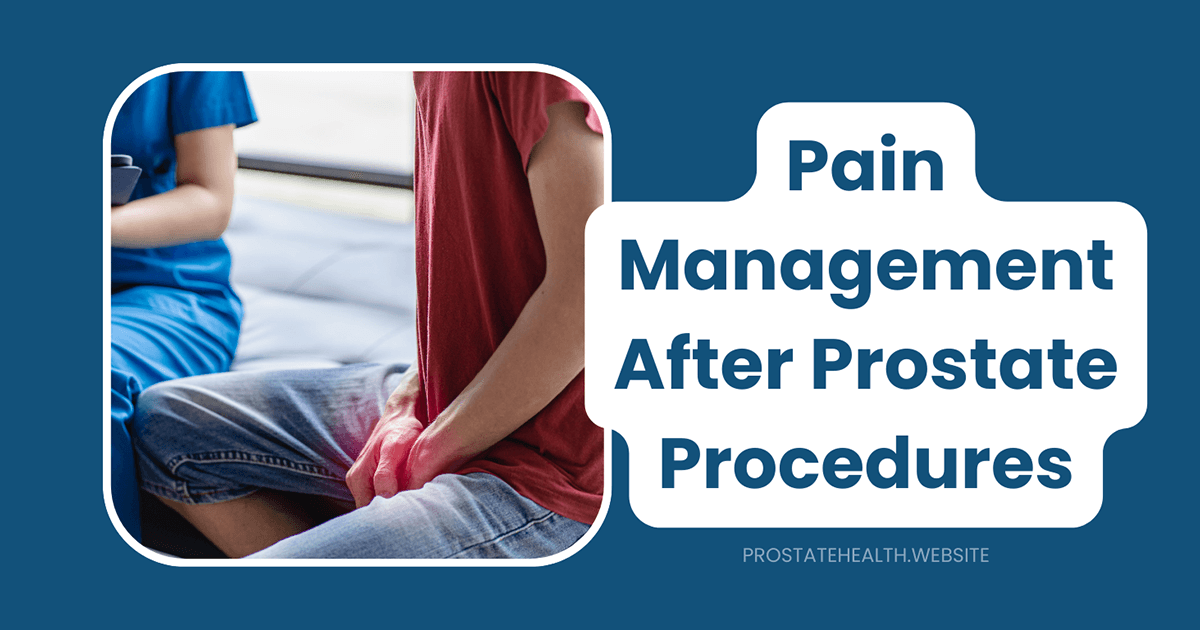Bladder Training Techniques for Men with Prostate Conditions

If you’re a man dealing with a prostate condition—whether it’s benign prostatic hyperplasia (BPH), prostatitis, or recovering from prostate cancer treatment—you’re likely all too familiar with the frustrating urinary symptoms that can accompany these conditions. Frequent urination, sudden urges, nighttime bathroom trips, and even leakage can significantly impact your quality of life and daily activities.
As someone who’s worked with countless men navigating these challenges, I’ve seen firsthand how effective bladder training can be in regaining control and confidence. These techniques aren’t just temporary fixes—they’re proven strategies that can create lasting improvement in your urinary symptoms.
Understanding Bladder Function and Prostate Conditions
Before diving into specific techniques, it helps to understand what’s happening in your body. Your bladder is a muscle that stretches to store urine and contracts to empty it. Normally, this system works efficiently, allowing you to hold urine for 3-5 hours between bathroom visits.
However, prostate conditions can disrupt this normal function in several ways:
- BPH (enlarged prostate): The enlarged prostate can press against the urethra and bladder, causing obstruction and irritation
- Prostatitis: Inflammation can irritate nearby nerves, triggering frequent urination and urgency
- Post-prostate surgery: Procedures can temporarily affect the nerves and muscles controlling urination
Dr. James Wilson, urologist at Michigan Urology, explains: “Many men don’t realize that the bladder is trainable. Just like any other muscle in your body, it can be strengthened and retrained to function better, even when dealing with prostate-related challenges.”
The Science Behind Bladder Training
Bladder training works through several mechanisms:
- Increasing bladder capacity: Gradually extending the time between urinations helps your bladder hold more urine
- Improving muscle control: Strengthening the pelvic floor muscles that support urinary function
- Retraining brain-bladder communication: Breaking the cycle of frequent urination that can become habitual
- Reducing bladder sensitivity: Decreasing the bladder’s reaction to small amounts of urine
According to a 2025 study in the Journal of Urology, men who followed a structured bladder training program for 12 weeks experienced a 45% reduction in daytime urination frequency and a 60% decrease in nighttime bathroom trips.
Core Bladder Training Techniques
1. Keeping a Bladder Diary
The foundation of effective bladder training is understanding your current patterns:
- What to track: Time of urination, estimated volume, urgency level (1-10), and any leakage
- Duration: 3-7 days to establish baseline patterns
- Analysis: Identify your current average time between urinations
Tom, a 62-year-old with moderate BPH, shares: “My bladder diary was eye-opening. I was going every 45 minutes without realizing it. Having that data helped me set realistic goals and track my progress.”
2. Scheduled Voiding
This technique involves urinating according to a timed schedule rather than waiting for the urge:
- Establish your baseline: From your bladder diary, determine your current average time between urinations
- Set your initial interval: Add 15 minutes to your current average (e.g., if you typically go every hour, set your new target at 1 hour and 15 minutes)
- Follow the schedule: Urinate at these set times whether you feel the urge or not
- Manage urgency between times: Use the techniques in the next section if you feel the need to go before your scheduled time
- Gradual progression: Once you can consistently maintain your current interval for 2-3 days, add another 15-30 minutes
Dr. Michael Chen from UCSF Health notes: “The key to scheduled voiding is consistency and gradual progression. Many men try to extend their time too quickly and get discouraged. Small, consistent increases lead to the best long-term results.”
3. Urge Suppression Techniques
When you feel the urge to urinate before your scheduled time, these strategies can help you maintain control:
Pelvic Floor Contractions (Quick Kegels)
- Quickly contract your pelvic floor muscles 5-10 times
- These are the same muscles you use to stop urine flow
- Quick contractions send signals to relax the bladder muscle
Deep Breathing
- Take slow, deep breaths from your diaphragm
- Inhale for a count of 4, hold for 1, exhale for a count of 4
- This activates your parasympathetic nervous system, which can calm bladder spasms
Distraction Techniques
- Mental math: Count backward from 100 by 7s
- Sensory focus: Concentrate intensely on something you can see or touch
- Visualization: Imagine your bladder relaxing and the urge subsiding
Perineal Pressure
- For men, applying gentle pressure to the perineum (area between scrotum and anus) can help suppress urgency
- Use two fingers to apply firm but comfortable pressure
James, a 58-year-old recovering from prostate surgery, shares: “The combination of quick Kegels and deep breathing was a game-changer for me. When I felt that urgent need to go, these techniques would calm things down within 30-60 seconds, giving me time to reach the bathroom without rushing.”
Comprehensive Pelvic Floor Training
While quick pelvic floor contractions help with immediate urge suppression, a complete pelvic floor exercise program is essential for long-term bladder control:
Basic Kegel Exercise Routine
- Identify the correct muscles: These are the muscles you use to stop urination midstream or prevent passing gas
- Slow contractions:
- Tighten your pelvic floor muscles
- Hold for 5 seconds (build up to 10 seconds over time)
- Relax completely for 5 seconds
- Repeat 10 times, 3 times daily
- Quick contractions:
- Rapidly tighten and release your pelvic floor muscles
- Contract for 1 second, relax for 1 second
- Perform 10-20 quick contractions, 3 times daily
Advanced Pelvic Floor Techniques
Functional Pelvic Floor Training
- Perform Kegels while in different positions (lying, sitting, standing)
- Practice Kegels during activities that typically trigger leakage (coughing, lifting)
- Coordinate pelvic floor contractions with daily movements
The Chair Approach
- Sit comfortably in a chair with feet flat on the floor
- Squeeze pelvic muscles for 5 seconds while keeping abdominal muscles relaxed
- Relax for 5 seconds
- Repeat 8-10 times, 3-5 sets daily
The Back Approach
- Lie on your back with knees bent
- Draw the penis inward (mentally) while squeezing the anus
- Hold for 5 seconds, then relax
- Alternate between both actions for 8-10 repetitions, 3-5 sets daily
According to a 2025 study published in European Urology, men who performed pelvic floor exercises consistently for 12 weeks experienced a 70% improvement in urinary control following prostate surgery.
Creating Your Personalized Bladder Training Program
The most effective approach combines multiple techniques tailored to your specific situation:
Week 1-2: Assessment and Foundation
- Complete a 7-day bladder diary
- Learn to identify and correctly contract pelvic floor muscles
- Begin basic Kegel exercises (slow and quick contractions)
- Establish your initial voiding interval (current average + 15 minutes)
Week 3-6: Building Capacity
- Follow your scheduled voiding plan
- Practice urge suppression techniques as needed
- Continue pelvic floor exercises, increasing hold times as you get stronger
- Extend your voiding interval by 15-30 minutes each week as tolerated
Week 7-12: Reinforcement and Progression
- Continue extending intervals until reaching a comfortable 3-4 hours between urinations
- Incorporate functional pelvic floor training into daily activities
- Practice delayed voiding (waiting 5-10 minutes after feeling the first urge)
- Adjust fluid intake timing (more in morning/afternoon, less in evening)
Maintenance Phase
- Continue pelvic floor exercises 3-5 times weekly
- Monitor symptoms and return to more intensive training if symptoms worsen
Lifestyle Modifications to Support Bladder Training
Enhance your bladder training results with these complementary approaches:
Fluid Management
- Total intake: Aim for 6-8 cups (48-64 oz) of fluid daily unless otherwise directed by your healthcare provider
- Timing: Drink more in the morning and early afternoon, less in the evening
- Avoid bladder irritants: Limit caffeine, alcohol, artificial sweeteners, and highly acidic beverages
Dietary Considerations
- Reduce bladder irritants: Spicy foods, citrus, tomato-based products
- Increase bladder-friendly foods: Non-citrus fruits, vegetables, whole grains
- Consider supplements: Some men benefit from pumpkin seed extract or saw palmetto (discuss with your healthcare provider)
Physical Activity
- Regular exercise: Moderate activity improves overall bladder function
- Maintain healthy weight: Excess weight puts pressure on the bladder
- Avoid constipation: Regular bowel movements reduce pressure on the bladder
Tracking Your Progress
Monitoring your improvement provides motivation and helps identify what’s working:
- Follow-up bladder diary: Complete a 3-day diary every 4-6 weeks
- Track key metrics: Average time between urinations, number of urgency episodes, nighttime bathroom trips
- Note achievements: Celebrate milestones like your first 3-hour interval or first night with only one bathroom trip
When to Seek Additional Help
While bladder training is effective for many men, consider consulting your healthcare provider if:
- You see no improvement after 6-8 weeks of consistent practice
- You experience pain during urination
- You notice blood in your urine
- You have difficulty starting or stopping your urine stream
- You develop new or worsening symptoms
Success Stories: Real Men, Real Results
Michael, 65, BPH patient: “After three months of bladder training, I went from urinating every hour to every 3-4 hours during the day. Even better, I’m down to just one nighttime bathroom trip instead of 4-5. It’s given me my life back.”
Robert, 59, post-prostatectomy: “The first few weeks after surgery were rough—I was leaking constantly. My urologist recommended pelvic floor training, and I was skeptical at first. But after six weeks of consistent exercises, the leakage decreased dramatically. By three months, I was back to normal activities with just occasional minor leaks during exercise.”
David, 52, chronic prostatitis: “The urgency was the worst part—that feeling that I had to go RIGHT NOW or I’d have an accident. Learning the urge suppression techniques gave me back control. Now when I feel that urgency, I have tools to manage it instead of panicking.”
The Bottom Line
Bladder training requires patience and consistency, but the results are worth the effort. Most men see significant improvement within 6-12 weeks of dedicated practice. Remember that occasional setbacks are normal and don’t indicate failure—they’re just part of the process.
By combining scheduled voiding, urge suppression techniques, and pelvic floor exercises, you can regain control over your bladder and significantly improve your quality of life, despite prostate conditions.
Have you tried bladder training techniques? What worked best for you? Share your experiences in the comments below.






